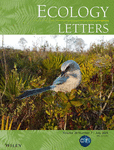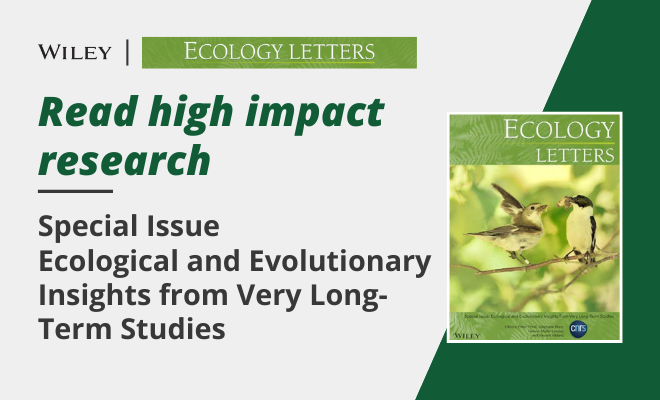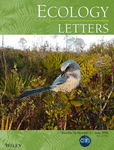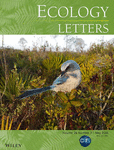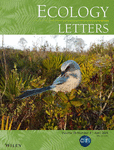Editor-in-Chief: Peter H. Thrall
Ecology Letters is a broad-scope ecology journal showcasing the newest findings in the field. We consider all taxa, in any biome and geographic area, and span the fields of community, microbial, and evolutionary ecology. Published in association with the Centre National de la Recherche Scientifique, we welcome concise papers that merit urgent publication by virtue of their originality and contribution to new developments.
Journal Metrics
- 13.2CiteScore
- 7.9Journal Impact Factor
- 16%Acceptance rate
- 13 days Submission to first decision
Articles
Plant Elemental Homeostasis Enhances Species Performance and Community Functioning in Wetlands: Looking Beyond Nitrogen and Phosphorus
- 17 July 2025
Graphical Abstract
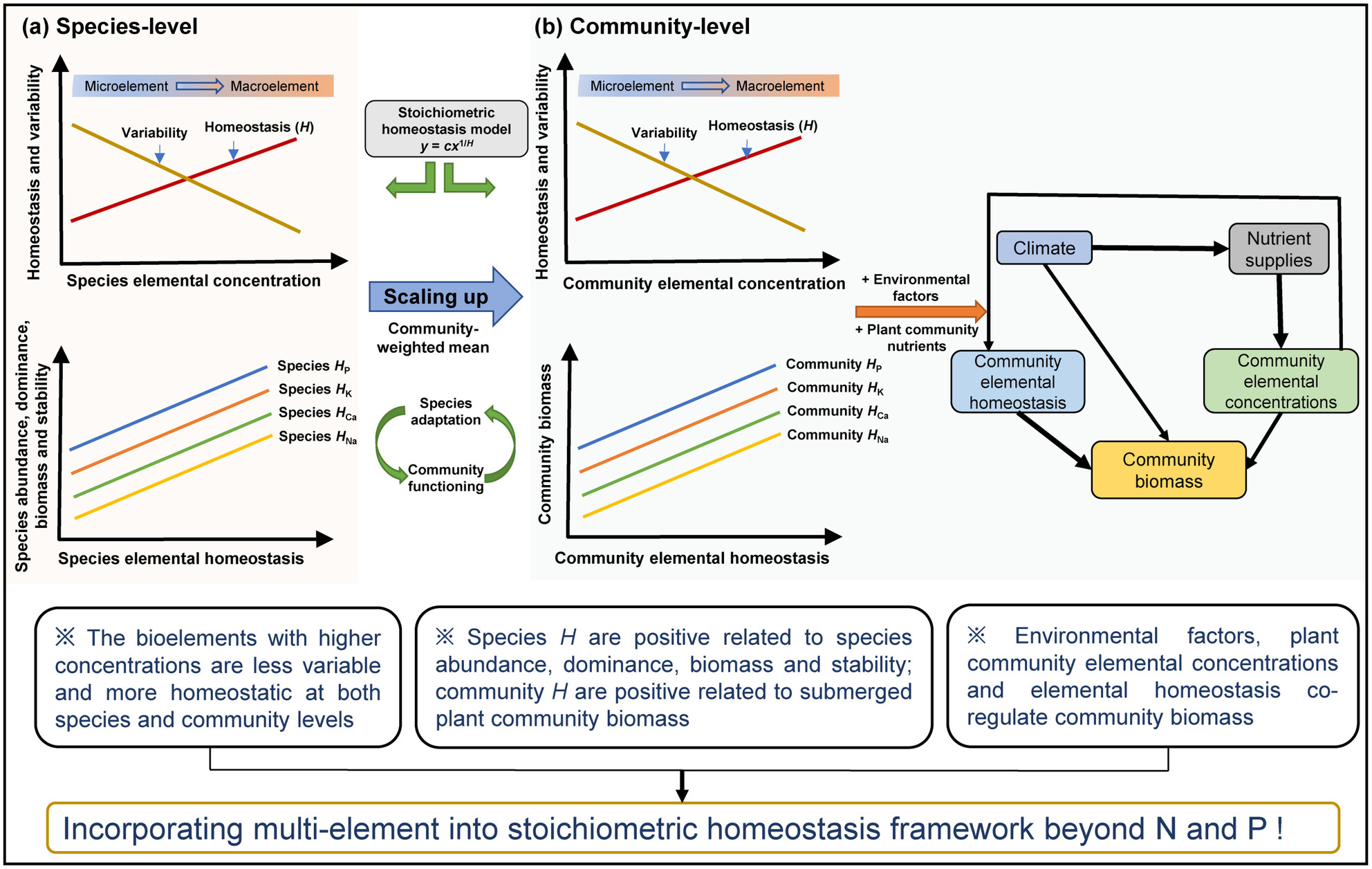
Our study provides a framework that links stoichiometric homeostasis with species performance and community function at the elementome level. We demonstrate that higher homeostasis of P, K, Ca and Na enhances species abundance, biomass, dominance and stability, as well as community biomass in wetland ecosystems. The conservative nutrient strategies of high homeostasis species are key mechanisms driving species performance and community functioning.
Warmer Is Deadlier: A Meta‐Analysis Reveals Increasing Temperatures Accentuate Disease Effects on Fisheries Hosts
- 17 July 2025
Graphical Abstract
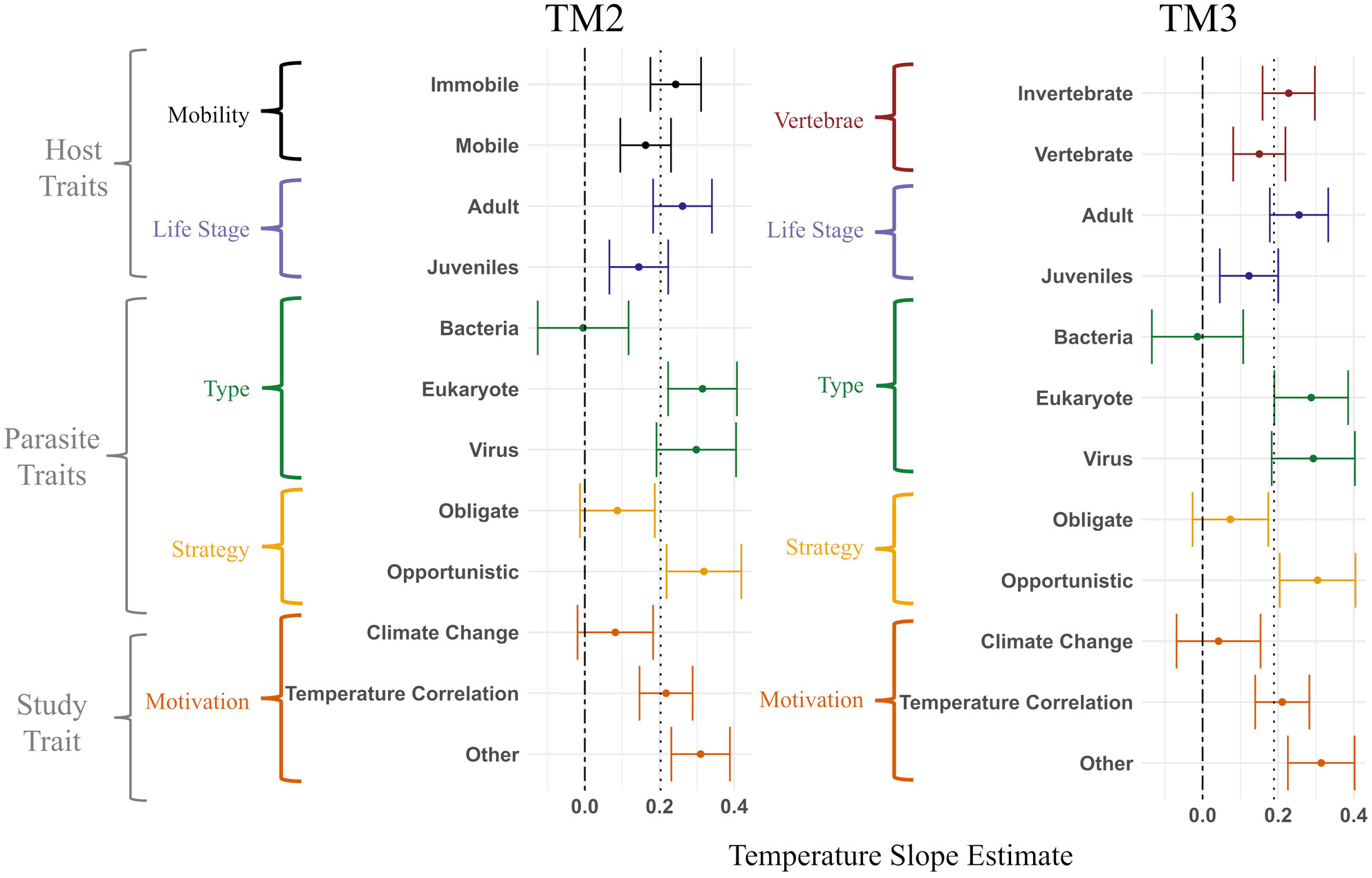
We conducted a meta-analysis using 266 effect sizes from 52 empirical papers on harvested aquatic species and determined the relationship between parasite-induced host mortality and temperature and how this relationship was altered by host, parasite, and study design traits. Overall, higher temperatures increased parasite-induced host mortality; however, the magnitude of this relationship varied.
Responses of Subsoil Organic Carbon to Climate Warming and Cooling Is Determined by Microbial Community Rather Than Its Molecular Composition
- 15 July 2025
Graphical Abstract
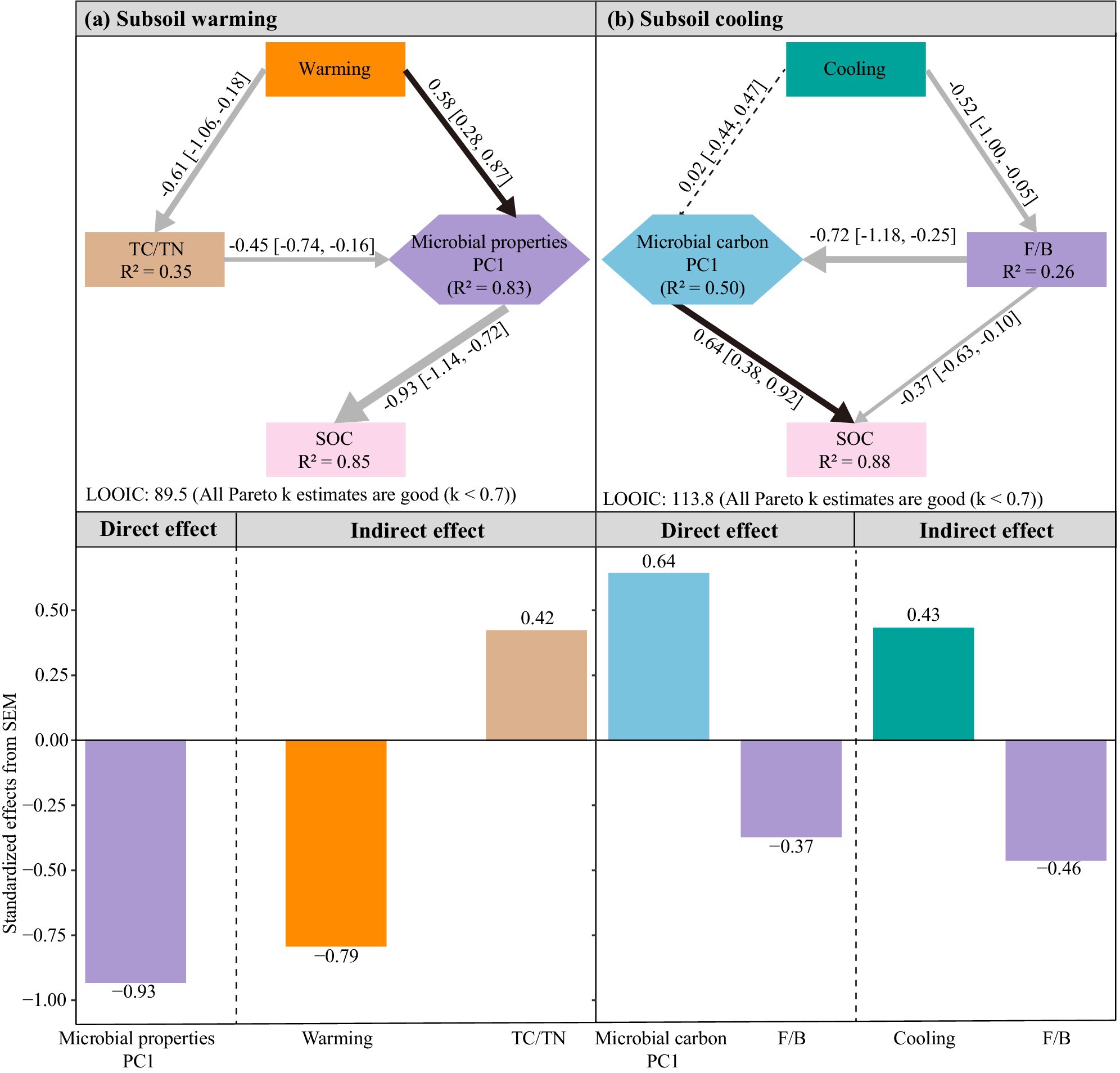
Over 16 years of climate warming reduced alpine grasslands subsoil organic carbon content by 8.5%, whereas cooling increased it by 7.0%. Warming reduced carbon storage by directly increasing the fungal-to-bacterial biomass ratio and the gram-positive to gram-negative bacterial biomass ratio and indirectly decreasing the soil carbon-to-nitrogen ratio, whereas cooling enhanced carbon storage primarily by decreasing the fungal-to-bacterial biomass ratio. Conventional warming experiments may underestimate the negative effects of climate warming on subsoil organic carbon pools by neglecting the role of climate cooling.
Areas of High Biodiversity Value Evidenced by the Spatial Scaling of Phylogenetic Uniqueness
- 14 July 2025
Graphical Abstract
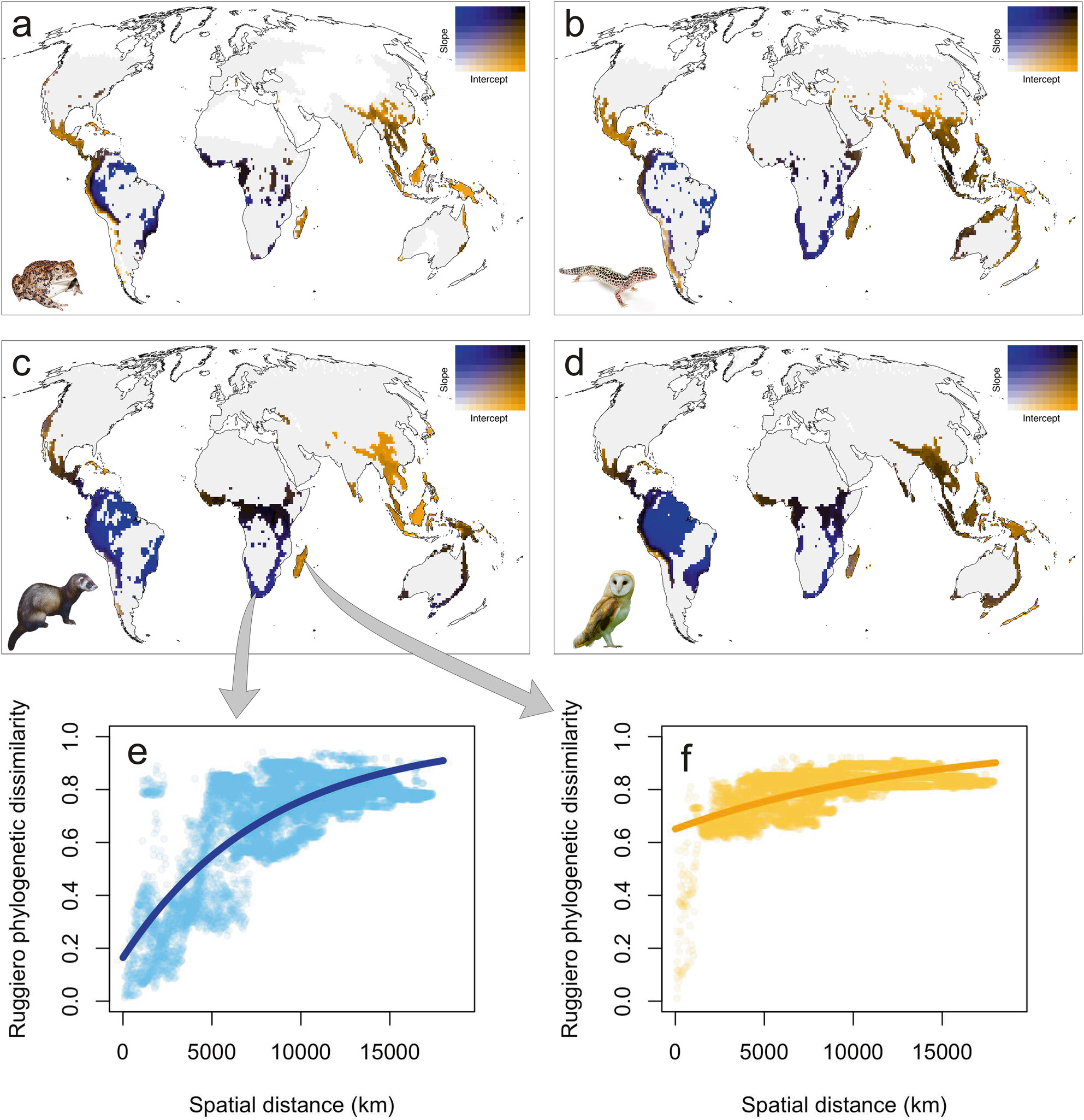
Phylogenetic endemism is the most efficient single criterion to maximise global phylogenetic diversity within the smallest land area, and can be complemented with the spatial scaling of phylogenetic uniqueness which allows distinguishing globally distinct but regionally less unique sites ‘(evolutionary hills)’ from highly irreplaceable sites even at small scales ‘(evolutionary islands)’, which support lower local diversity but host species that are both evolutionarily unique and threatened.
Divergence Across Niche Dimensions Reveals Species' Ecological Roles
- 11 July 2025
Graphical Abstract
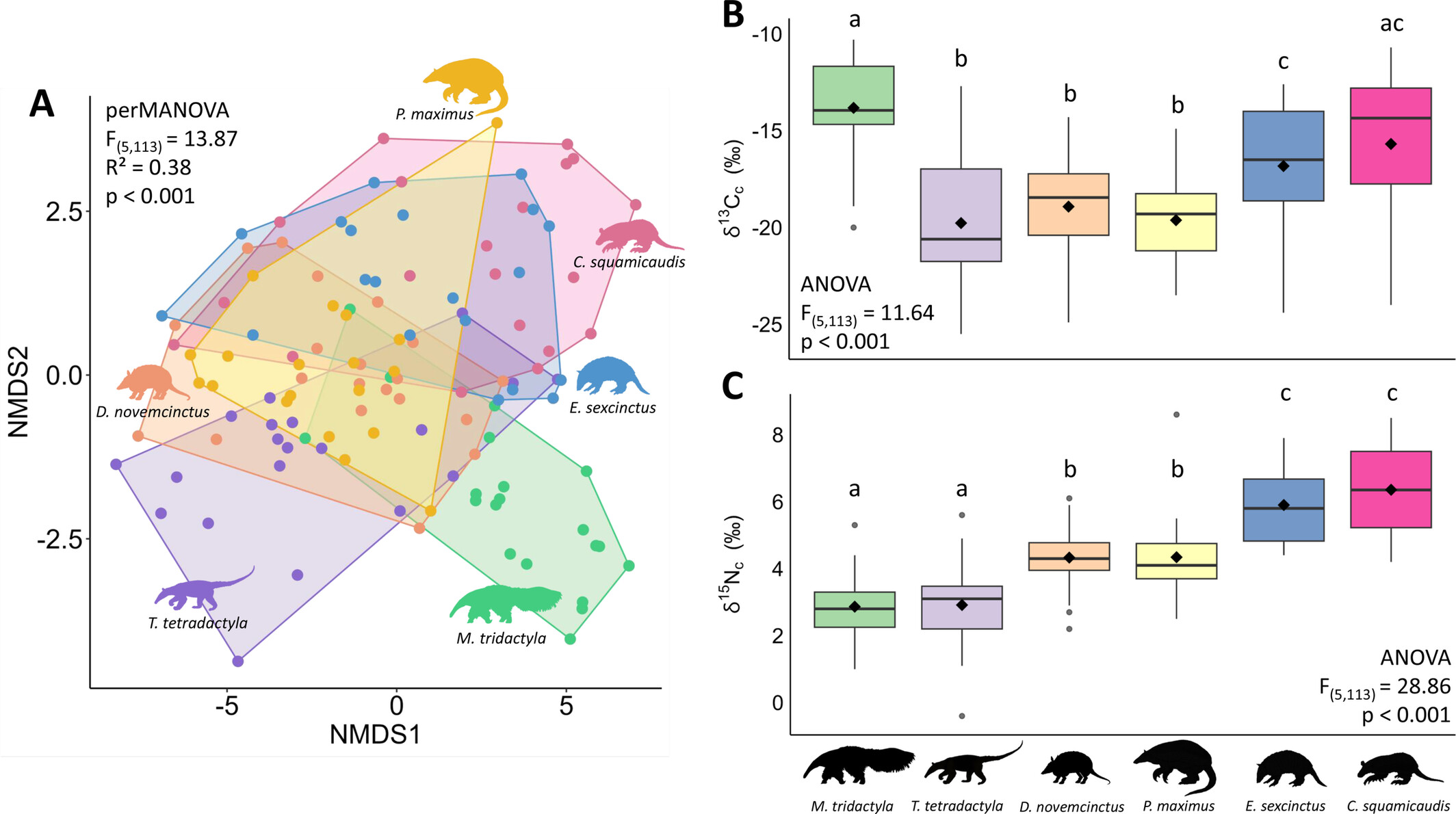
Natural history gaps hinder our understanding of species' ecological roles and their contributions to ecosystem processes. Using an integrative framework, we analysed multiple niche dimensions of co-occurring xenarthran insectivores, revealing divergent trophic, spatial and temporal patterns that reflect distinct ecological roles. Our results challenge assumptions of ecological redundancy and underscore the importance of natural history data for understanding biodiversity and ecosystem functioning.
The following is a list of the most cited articles based on citations published in the last three years, according to CrossRef.
The unseen majority: soil microbes as drivers of plant diversity and productivity in terrestrial ecosystems
- 296-310
- 29 November 2007
Global analysis of nitrogen and phosphorus limitation of primary producers in freshwater, marine and terrestrial ecosystems
- 1135-1142
- 8 October 2007
Predicting species distribution: offering more than simple habitat models
- 993-1009
- 15 August 2005
The metacommunity concept: a framework for multi‐scale community ecology
- 601-613
- 4 June 2004
AVONET: morphological, ecological and geographical data for all birds
- Ecology Letters
- 581-597
- 24 February 2022
Graphical Abstract
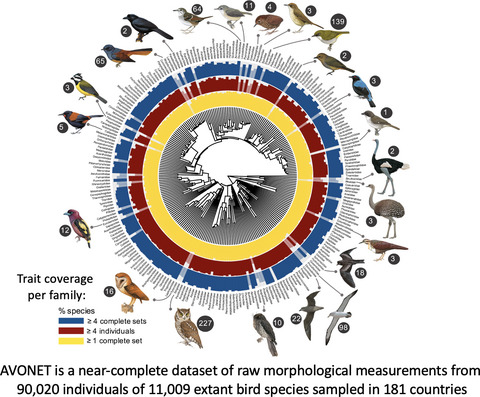
Existing morphological trait datasets for major taxonomic groups are highly incomplete, limiting their utility to ecologists and evolutionary biologists. We present a global dataset containing comprehensive morphological information, coupled with ecological and geographical variables, for all bird species. This detailed assessment of continuous trait variation across 11,009 species offers a global template for testing hypotheses and exploring the evolutionary origins, structure and functioning of biodiversity.
Impacts of climate change on the future of biodiversity
- Ecology Letters
- 365-377
- 18 January 2012
The unseen majority: soil microbes as drivers of plant diversity and productivity in terrestrial ecosystems
- Ecology Letters
- 296-310
- 29 November 2007
Multinational evaluation of genetic diversity indicators for the Kunming‐Montreal Global Biodiversity Framework
- Ecology Letters
- 2 July 2024
Graphical Abstract
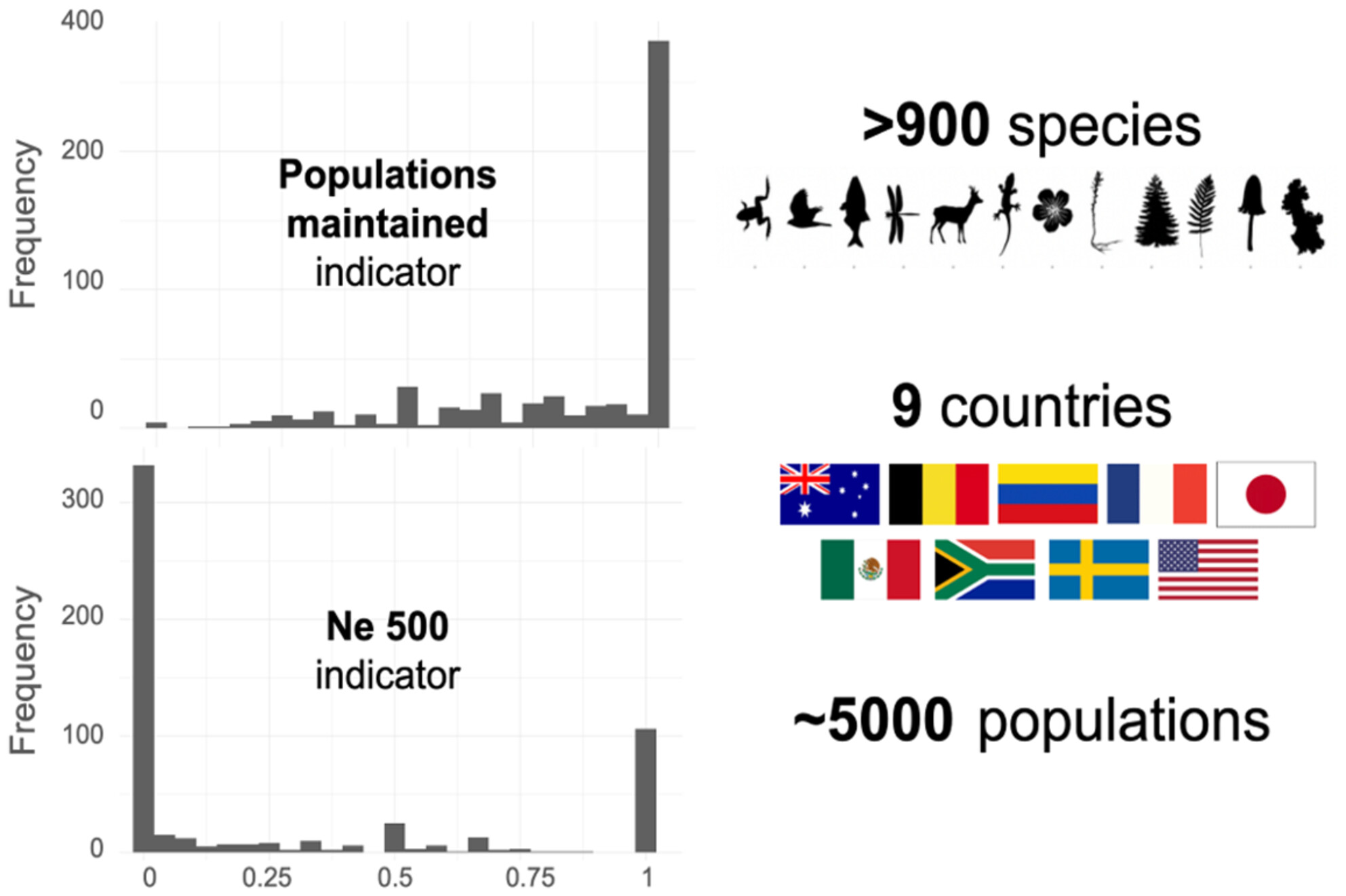
We assess two genetic indicators for 919 taxa, representing 5271 populations in nine countries, including megadiverse countries and developing economies. The majority of taxa assessed (83%) had data available to calculate at least one indicator. Although most species assessed have most populations maintained (Populations maintained indicator), a large percentage of species' populations are too small to maintain genetic diversity (Ne 500 indicator). Genetic indicators can be calculated quickly and affordably.
Lorem ipsum dolor sit amet, consectetur adipiscing elit. Proin imperdiet nibh sed ipsum molestie eu mattis justo malesuada. Curabitur id quam augue, ac eleifend justo. Integer eget metus sagittis velit semper auctor vel et nunc. Phasellus tempus felis at arcu fringilla at ndimentum libero placerat. Aenean ut imperdiet dolor. Nulla pretium mi vestibulum dui dictum sed ullamcorper tellus sodales. Duis non nibh id ipsum feugiat imperdiet id fermentum nunc. Maecenas id ultricies felis. Suspendisse lacinia rhoncus vestibulum. Vestibulum molestie vulputate convallis.Fusce et augue erat, nec mollis mi.
Recent issues
- Volume 28, Issue 7July 2025
- Volume 28, Issue 6June 2025
- Volume 28, Issue 5May 2025
- Volume 28, Issue 4April 2025



